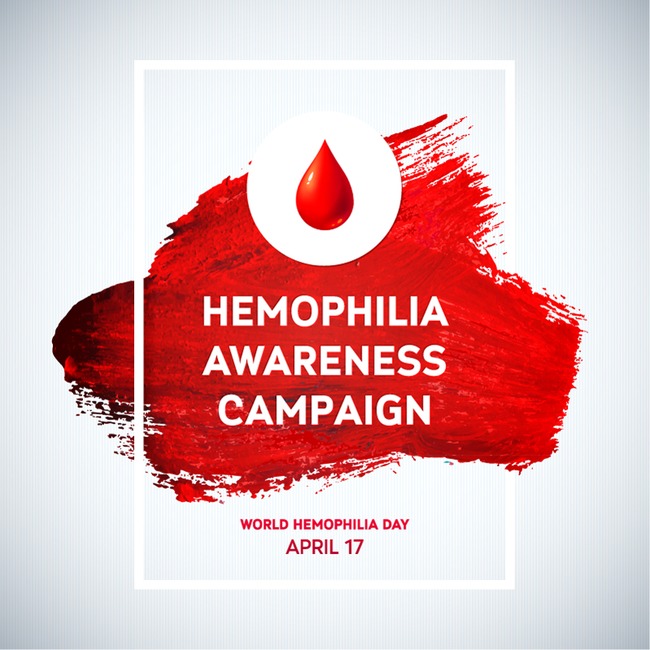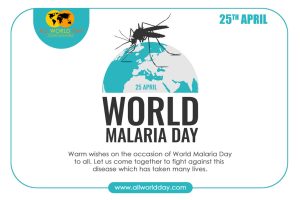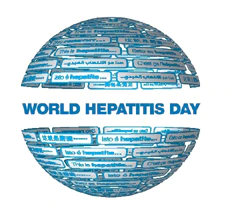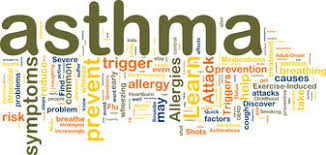 Nicking your finger with a knife while chopping some tomatoes for a salad is just a nuisance for most of us—we utter a choice word or two, rinse the cut, apply a disinfectant and maybe a band-aid, and then proceed to go on with our lives. The same goes for, say, tripping and falling—most of us will just get up and keep on going, not giving the situation any more thought and barely noticing the bruise that may appear afterward. Unfortunately, there are people whose very lives may be put in danger because of such seemingly minor accidents: hemophiliacs.
Nicking your finger with a knife while chopping some tomatoes for a salad is just a nuisance for most of us—we utter a choice word or two, rinse the cut, apply a disinfectant and maybe a band-aid, and then proceed to go on with our lives. The same goes for, say, tripping and falling—most of us will just get up and keep on going, not giving the situation any more thought and barely noticing the bruise that may appear afterward. Unfortunately, there are people whose very lives may be put in danger because of such seemingly minor accidents: hemophiliacs.
Hemophilia affects approximately 400,000 people worldwide, many of whom are not fully aware of their condition or are not getting the treatment they need. Because a relatively small percentage of the world’s population suffers from hemophilia, many people are not aware just how serious this condition is and how much more difficult and dangerous it makes the lives of those who have it. And this is where World Hemophilia Day comes in.
The History of Hemophilia Day
Hemophilia was first discovered in the 10th century, when physicians started to take a serious interest in people, especially males, who were bleeding to death after sustaining only minor injuries. At that time, it was called Abulcasis. Unfortunately, due to the limited technology of the day, it was impossible to research the condition properly. Numerous famous historical figures are thought to have had hemophilia, especially members of the European royal families, and it was often treated with aspirin which thinned the blood of the hemophiliac further, causing the symptoms to worsen.
Then, in 1803, Dr. John Conrad Otto of Philadelphia began to study people he called, “bleeders” more extensively, recognizing it to be a hereditary illness that was most often passed onto males from by their healthy mothers. In 1937, hemophilia was officially divided into two types: A and B. Though no cure for hemophilia has been invented till this day, the sickness can be controlled by administering clotting factors on a regular basis in order to avoid spontaneous bleeding episodes.
World Hemophilia Day was created by the World Federation of Hemophilia in 1989, and the date it’s celebrated on, April 17th, was chosen in honor of the founder of the organization’s birthday, Frank Schnabel. The day’s purpose is to raise awareness about the disease as well as other bleeding disorders and also to raise money for the treatment of those who cannot afford it.
Source: Text: DAYSoftheYEAR Image: Pngtree
The theme of the event this year is “Access for All: Prevention of bleeds as the global standard of care”.

Building on last year’s theme, the call to action for the community in 2023 is to come together and advocate with local policy makers and governments for improved access to treatment and care with an emphasis on better control and prevention of bleeds for all people with bleeding disorders (PWBDs). This means the implementation of home-based treatment as well as prophylactic treatment to help those individuals have a better quality of life.
Source: Text & Image: https://wfh.org/world-hemophilia-day/
 World Malaria Day 2023 will be marked under the theme “Time to deliver zero malaria: invest, innovate, implement”. Within this theme, WHO will focus on the third “i” – implement – and notably the critical importance of reaching marginalized populations with the tools and strategies that are available today.
World Malaria Day 2023 will be marked under the theme “Time to deliver zero malaria: invest, innovate, implement”. Within this theme, WHO will focus on the third “i” – implement – and notably the critical importance of reaching marginalized populations with the tools and strategies that are available today. World Multiple Sclerosis Day, falling on May 30, invites dialogue on the disease. Multiple Sclerosis (MS) is a chronic progressive disease where the insulating covers of the nervous system are damaged. MS is also known as encephalomyelitis disseminata, and its symptoms include muscle weakness, double vision, and mental/physical problems. Due to the lack of research studies on the disease, the exact causes behind it are generally unknown. Many scientists believe that there might be a connection between the onset of the disease and genes and/or nerve-cell dysfunction. Furthermore, there is no permanent cure as of yet. The symptoms can be relieved using the right set of treatments and medication.
World Multiple Sclerosis Day, falling on May 30, invites dialogue on the disease. Multiple Sclerosis (MS) is a chronic progressive disease where the insulating covers of the nervous system are damaged. MS is also known as encephalomyelitis disseminata, and its symptoms include muscle weakness, double vision, and mental/physical problems. Due to the lack of research studies on the disease, the exact causes behind it are generally unknown. Many scientists believe that there might be a connection between the onset of the disease and genes and/or nerve-cell dysfunction. Furthermore, there is no permanent cure as of yet. The symptoms can be relieved using the right set of treatments and medication.
 The day is celebrated and observed to raise awareness about this life-threatening disease and to encourage people to come together in order to prevent it.
The day is celebrated and observed to raise awareness about this life-threatening disease and to encourage people to come together in order to prevent it. About the Day
About the Day Pope Francis’ Message for the World Day of the Sick 2022
Pope Francis’ Message for the World Day of the Sick 2022

 Nicking your finger with a knife while chopping some tomatoes for a salad is just a nuisance for most of us—we utter a choice word or two, rinse the cut, apply a disinfectant and maybe a band-aid, and then proceed to go on with our lives. The same goes for, say, tripping and falling—most of us will just get up and keep on going, not giving the situation any more thought and barely noticing the bruise that may appear afterward. Unfortunately, there are people whose very lives may be put in danger because of such seemingly minor accidents: hemophiliacs.
Nicking your finger with a knife while chopping some tomatoes for a salad is just a nuisance for most of us—we utter a choice word or two, rinse the cut, apply a disinfectant and maybe a band-aid, and then proceed to go on with our lives. The same goes for, say, tripping and falling—most of us will just get up and keep on going, not giving the situation any more thought and barely noticing the bruise that may appear afterward. Unfortunately, there are people whose very lives may be put in danger because of such seemingly minor accidents: hemophiliacs.
 World Parkinson’s Disease Day marks the birthday of Dr. J Parkinson. On this day there are efforts made to increase the public awareness of this terrible disease, as well as all the good works put forth by the world’s organizations dedicated to eradicating this disease.
World Parkinson’s Disease Day marks the birthday of Dr. J Parkinson. On this day there are efforts made to increase the public awareness of this terrible disease, as well as all the good works put forth by the world’s organizations dedicated to eradicating this disease.